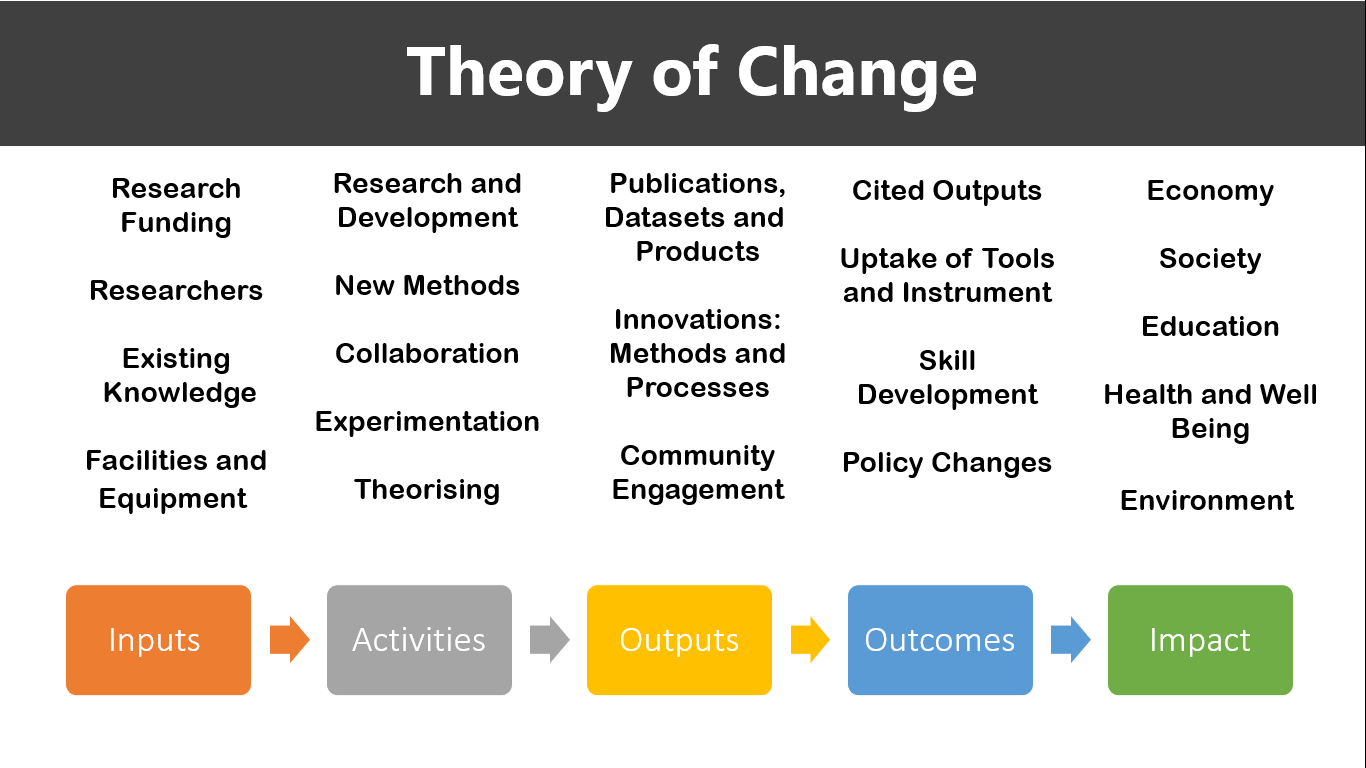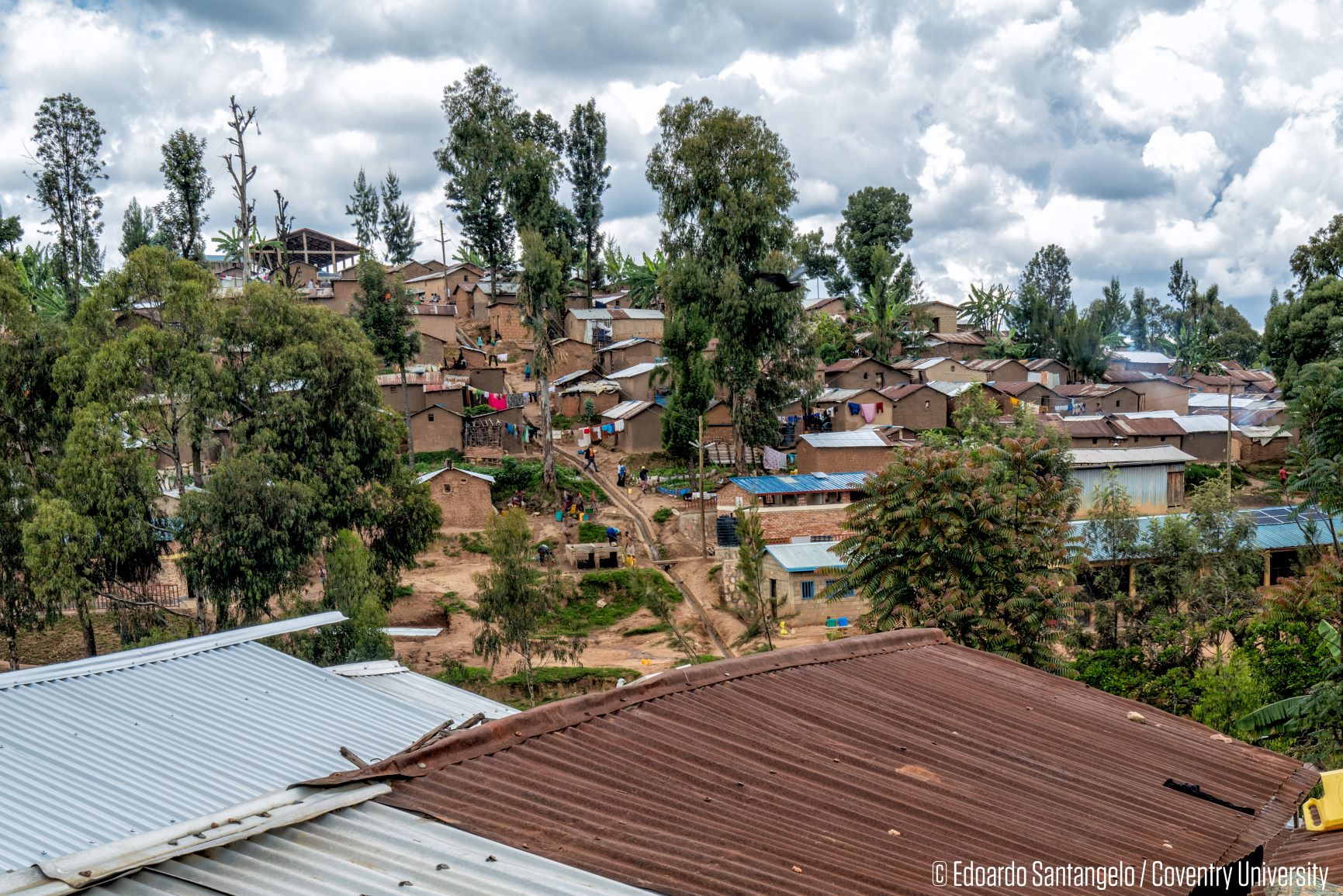Theory of Change
HEED views impact through ‘Theory of Change’, which allowed the project to ‘not only to do good but, perhaps more important, to understand how, when, and why the good is being done’ (Weiss, 1995: 90).[1]
Theory of Change starts with project impact and outcomes and then maps backwards, works through the intermediate activities and outputs and finishes with the project funding and aims. Understanding the final project outcomes first shifts away from the more conventional ‘so-that’ approach, which sees a project begin with an intervention ‘so that’ action happens and consequently, ‘so that’ aims are achieved (Taplin, Clark, Collins, and Colby, 2013:3). [2] Theory of Change as a planning tool explicitly articulates the causal pathway that will lead to the end goal as it identifys strategic interventions that will result in the desired change, the added value of the interventions, and progress indicators.

[1] Weiss, Carol (1995). Nothing as Practical as Good Theory: Exploring Theory-Based Evaluation for Comprehensive Community Initiatives for Children and Families in ‘New Approaches to Evaluating Community Initiatives’. Aspen Institute.
[2] Taplin, D., Clark, H., Collins, E., and Colby, D. (2013) Theory of Change Technical Papers. A Series of Papers to Support Development of Theories of Change Based on Practice in the Field. Act Knowledge: New York
To find out more, including how to control cookies, see here: Cookie Policy







